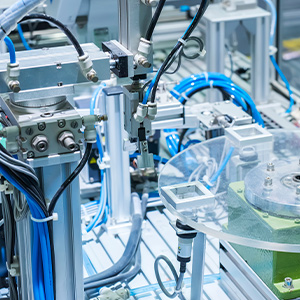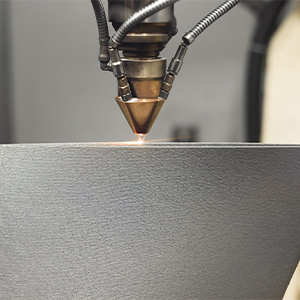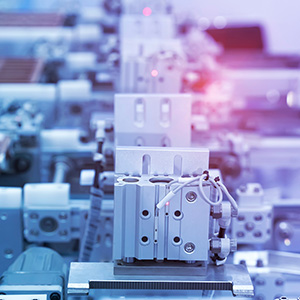What Is Hydraulics?
Post By: Luke West On: 17-08-2022 - Industry Trends - Manufacturing
Hydraulics is one of humanity’s oldest technologies, first developed along with agriculture. It probably started out as carrying pots from the river, or diverting water flows into required channels, but semi-automated water scoops and wheels soon became a common sight in Egypt and Mesopotamia.
The word “hydraulics” derives from the ancient Greek verb ὑδραινω, meaning “to water the earth”, but the technology was known for thousands of years before this name was applied. Water clocks and even water organs were around by the 3rd century BCE, at the same time as the positive displacement water pump commonly known as Archimedes’ Screw. The Romans, who were great builders of aqueducts, devised complex journeys to supply water to their urban centres. These included in-stream regulators and storage tanks.
What Is Its Function?
It has been known for a long time that the force of water can be used as pressure, convertible into force to carry out a mechanical function. This was often aided by gravity and/or kinetic energy, such as a donkey turning a water wheel. In the 17th century, French mathematician and physicist Blaise Pascal made notable advances in hydrodynamics, giving his name to Pascal’s Law of hydrostatics. Pascal is also thought to have invented the first hydraulic press, which used hydraulic pressure to multiply the amount of available force.
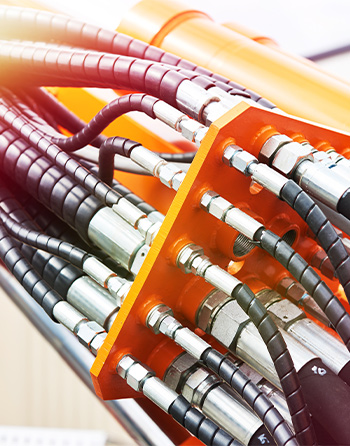
Hydraulics Today
In modern hydraulic systems, pumped liquid in some form of container is used to produce mechanical movement, usually by means of hydraulic cylinders and pistons. Following Pascal’s Law, we can also multiply the force developed by the hydraulic pump to a much greater level. A cylinder of a lesser diameter is used to push one or sometimes several pistons of greater diameter, in a larger cylinder. A system of control valves is also installed to control the fluid flow rate.
Modern hydraulic systems are thriving. 21st-century engineering has introduced an electronic component into hydraulic systems, which makes fluid control far more precise. Hydraulics also has one critical advantage over other technologies, and that’s power density. Hydraulic oil simply provides brute force, which it can often develop at very high pressures, from 3000-5000 psi and sometimes even greater. And it does this in a reasonably small space.
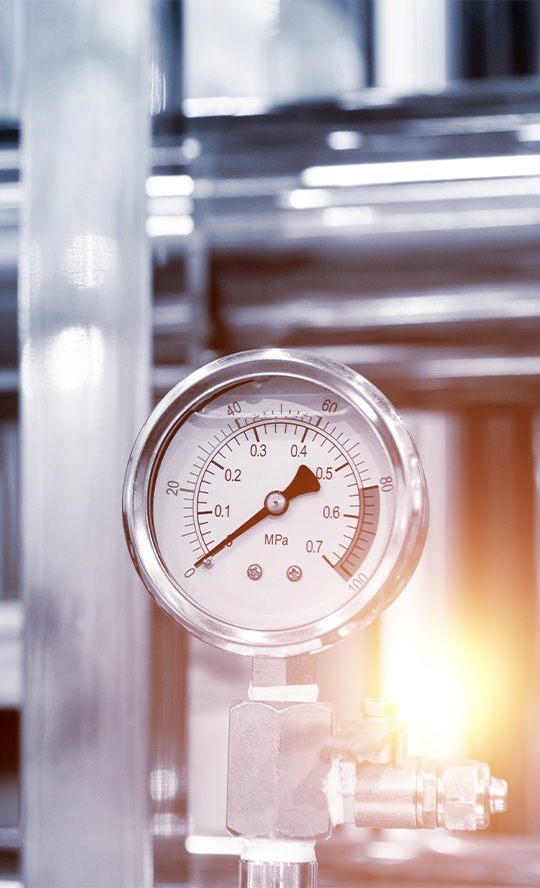
What Applications Commonly Use Hydraulics?
Hydraulic systems are widely used across the automotive industry for many different purposes including power steering, shock absorbers and hydraulic braking systems. You’ll also find hydraulics in machine tools, manufacturing machinery, construction, mining and agricultural equipment and aircraft. Both military jets and passenger airliners use hydraulics in their take-off and landing gear, as well as for adjusting wings, steering, brakes, and opening/closing doors. Many similar systems are installed on road, rail and marine vehicles.
Some Examples Of Hydraulics In Manufacturing
Hydraulic lifts are generally used for the vertical movement of goods or people, without the use of cables. Several different types are found in industry sectors like construction, waste removal, materials handling and shipping. These include carousel lifts, scissor lifts, two or four-post lifts, and vertical reciprocating conveyors – usually called mezzanine freight lifts. Particularly useful are mobile aerial lifts, which can be used indoors and out for a variety of applications, not least inspections, repairs and maintenance.
Loaders, forklifts and cranes all rely on hydraulics to provide the lifting power for many industrial applications, while the stronger hydraulic jack can lift even heavier loads. Using a hydraulic jack multiplies the power of a human worker so that one person can manipulate heavy loads without incurring much physical strain. Jacks can also provide maintenance access to heavy equipment by suspending it in mid-air, requiring very little exertion by the operator.
Many manufacturing sectors rely on hydraulics for materials processing and production activities, including conveyors, raising and lowering machinery, some packaging equipment and features like robotic arms. It’s crucial for heavy printing and pressing equipment, die-casting, parts pressing and crushers.
Pros And Cons Of Hydraulic Systems
Pro
The main argument in favour of hydraulics is its power. While some specialised high-pressure industrial compressors are designed to reach 6,000 pounds per square inch (psi), most typical models only attain 100-150 psi. Hydraulics can operate at pressures up to 100 times that amount, to 10,000 psi.
This is due to the incompressibility of fluids compared to air or gas, meaning that energy is not lost because of compression. That in turn means that greater amounts of power can be transferred with greater efficiency, so they use less energy.
It’s generally easier to start, accelerate, decelerate and stop a hydraulic system, allowing for much greater control accuracy. It doesn’t require cumbersome levers, pulleys or gears, and copes easily with a huge weight range. It delivers a constant force, despite any changes in mechanical speed.
Hydraulic systems allow greater flexibility. This means design revisions can easily be incorporated or altered to account for changes in production line parameters if a product is added or changed. It also provides better control over machine settings, helping to minimise errors and wasted time in production processes.
Hydraulic systems use fewer moving parts than comparable mechanical or electrical systems. This makes them generally safer, simpler, more economical and easier to maintain, resulting in less system downtime. It’s also possible to provide system back-up in the form of an additional pump or pumps.
Hydraulics don’t have any risk of sparking, so are safe to use in hazardous environments like mines or chemical plants. Hydraulic fluids also cool and lubricate the system as they operate, requiring no separate additional components and emitting less heat.
Con
On the downside, hydraulics is often considered to be loud, dirty and even environmentally unfriendly, but this doesn’t take account of technological advances, which have solved many of those problems.
Hydraulic fluids can be messy to handle, sometimes corrosive, and leaks may be hard to eradicate. Constant handling of hydraulic fluids may lead to health issues. If hydraulic oils leak in hot areas it can be a fire hazard, and if fluid lines burst, there’s a risk of serious injuries.
As with pneumatics, sealing and contamination can be an issue. Even something as simple as adding or replacing a component in a sealed hydraulic system has the potential to contaminate it, potentially causing significant failures or even eventual systemic breakdown.
Get More From Rowse Straight To Your Inbox


